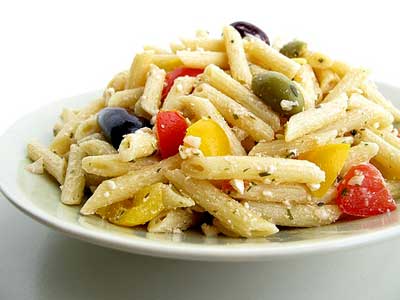 Brisket is such a versatile meat. I like it best, slow cooked. I make it in the winter time, slow roasted with red wine, orange marmalade, orange zest, garlic and dried herbs. Yet, in the summer and fall months I like to make it BBQ style and serve it on delicious french bread with a side of Asian Cole Slaw.
Brisket is such a versatile meat. I like it best, slow cooked. I make it in the winter time, slow roasted with red wine, orange marmalade, orange zest, garlic and dried herbs. Yet, in the summer and fall months I like to make it BBQ style and serve it on delicious french bread with a side of Asian Cole Slaw.
The recipe calls for jarred BBQ sauce. Yet over the past few years I have really become even more conscious of what I am feeding my family. I have never bought a jarred salad dressing (even in college). Two reasons why: 1) they taste lousy and 2) there are way too many things in the ingredients list that I can’t pronounce.
And if I can’t pronounce it, I am not going to eat it. I have come to the conclusion that BBQ sauce is no different. I have decided to make my own. I make a big batch of it and use it for grilling, marinating, roasting and my kids like to dip their oven baked chicken nuggets in it.

 You never know where you are going to find inspiration when it comes to cooking. However, these past few warm summer days, my muse has been a likely source…my herb garden. I have found myself outside, in the heat of the afternoon, just to smell the herbs made fragrant by the sunshine. The pineapple sage, the peppermint, the lemon thyme and oregano…all smell wonderful in the summer sunlight. And then there was the basil, it was just begging to be harvested and made into something…anything really.
You never know where you are going to find inspiration when it comes to cooking. However, these past few warm summer days, my muse has been a likely source…my herb garden. I have found myself outside, in the heat of the afternoon, just to smell the herbs made fragrant by the sunshine. The pineapple sage, the peppermint, the lemon thyme and oregano…all smell wonderful in the summer sunlight. And then there was the basil, it was just begging to be harvested and made into something…anything really. Whenever I think of summer, I always remember the backyard parties and picnics my mom used to host just around my birthday in July. She always fried up batches of chicken while my dad grilled hamburgers and hot dogs. The menus never changed much from year to year. So I could always expect there to be potato salad and pasta salad. What would a backyard barbecue be without them?
Whenever I think of summer, I always remember the backyard parties and picnics my mom used to host just around my birthday in July. She always fried up batches of chicken while my dad grilled hamburgers and hot dogs. The menus never changed much from year to year. So I could always expect there to be potato salad and pasta salad. What would a backyard barbecue be without them? The trouble with going to the farmers’ market is that everything looks so gorgeous I buy enough to feed everyone in my zip code. Then I go home and realize that I actually have to do something with all this bounty, as in, cook it, at which point I have been known to utter a mild curse.
The trouble with going to the farmers’ market is that everything looks so gorgeous I buy enough to feed everyone in my zip code. Then I go home and realize that I actually have to do something with all this bounty, as in, cook it, at which point I have been known to utter a mild curse. Do you know what happens when you buy a quart size container of fresh apricots? You get about 14 apricots that ripen at the same time (and about 2 that don't). As much as I love fresh apricots, eating 14 of them within a day or two isn't practical or appealing. Apricot muffins, however, are enormously appealing.
Do you know what happens when you buy a quart size container of fresh apricots? You get about 14 apricots that ripen at the same time (and about 2 that don't). As much as I love fresh apricots, eating 14 of them within a day or two isn't practical or appealing. Apricot muffins, however, are enormously appealing.